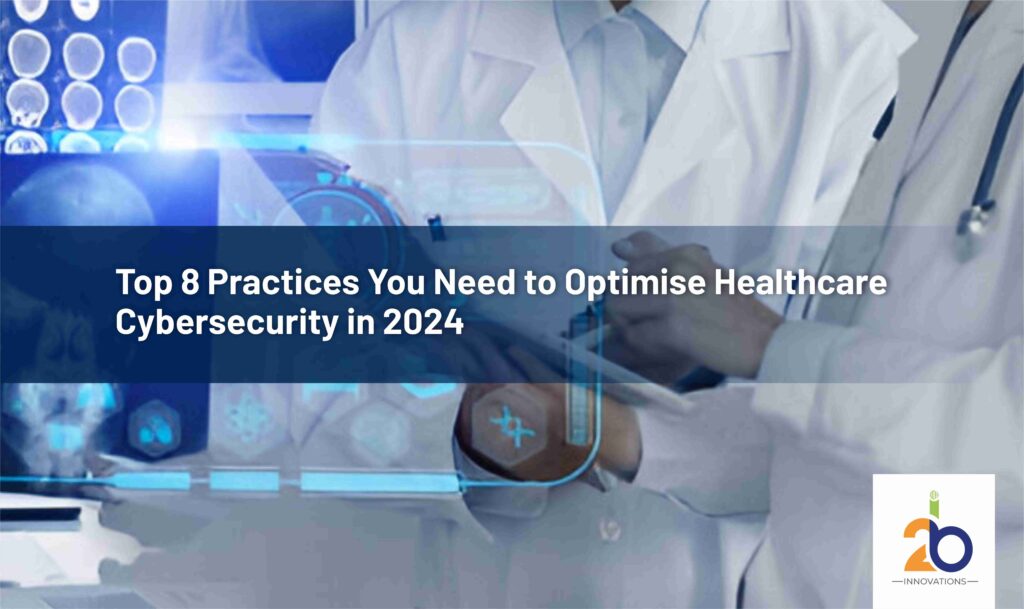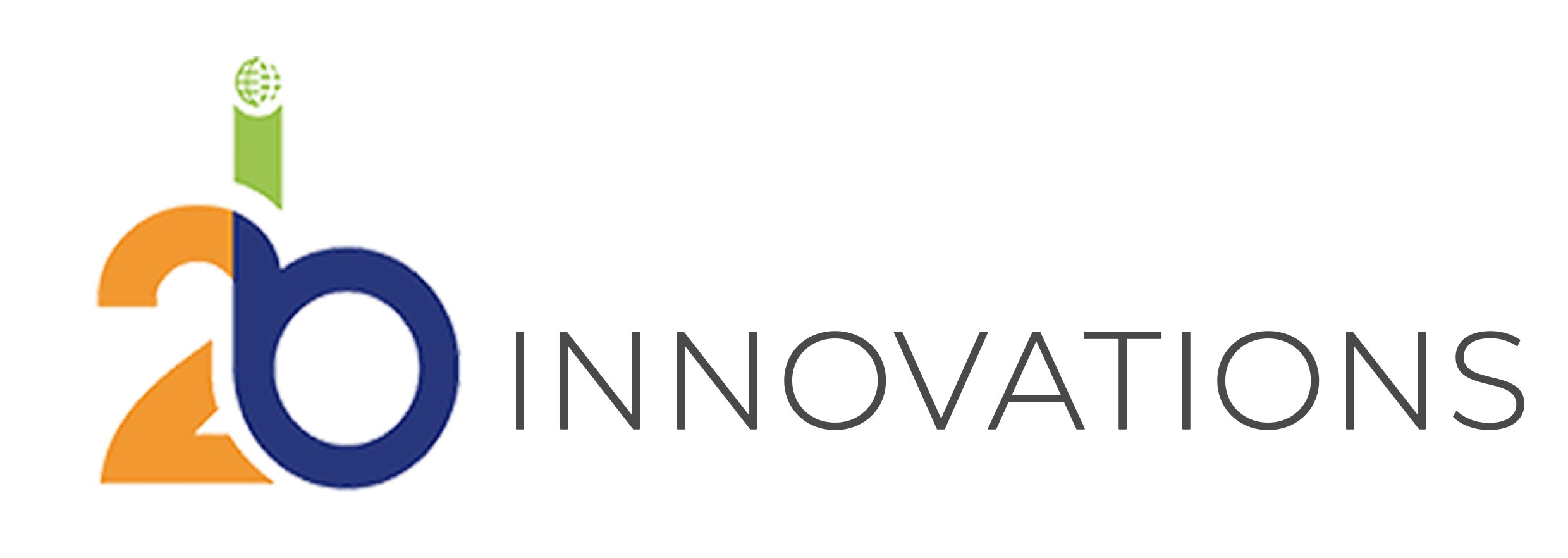
Healthcare cybersecurity involves safeguarding the sensitive data of the patients, the Internet of Medical Things which is also referred to as IoMT devices and assets, Building Management Systems, and various other important healthcare infrastructures from any sort of cyberattack. The procedure of healthcare cybersecurity incorporates a comprehensive commitment towards cybersecurity awareness across various Healthcare Delivery Organizations (HDOs) and the application of specialized cyber security solutions to help HDOs in providing safe and uninterrupted care to the patients. However, it has been difficult to achieve effective healthcare cybersecurity management because of the increase in connected care which furthermore leads to dependence on connected medical devices and other types of cyber-physical systems. However, it should be noted that even though these technologies can enhance healthcare facilities, these technologies are also increasing vulnerability in cyber security and cyber security threats. As these attacks are becoming more sophisticated and widespread, HDOS must prioritize themselves in making more robust and resilient healthcare cybersecurity. For this, the HDOs must be prepared with good cybersecurity tools to be able to combat any sort of cybersecurity attacks.
Importance of Healthcare Cybersecurity in Today’s World
Healthcare Cybersecurity has gained paramount importance in today’s world because of the increase in connected care. This rise in connected care has led to the merging of internet-connected information technology (IT) systems with previously isolated clinical networks, systems, and devices. With this convergence, HDOs not only have to deal with cyberattacks that target IT systems for patient data theft but also have to deal with attacks on the Internet of Medical Things (IoMT) and other connected medical devices. This can thus, lead to more severe consequences rather than just financial losses. These consequences can include disruption of patient care and even loss of life.
A robust healthcare cybersecurity applications framework is important for HDOs to uphold and maintain trust with their patients towards data security and maintaining the cybersecurity facilities even in adverse situations. Another reason for having a good healthcare cybersecurity policy framework is to remain compliant with the regulations and standards of the healthcare industry. Health Insurance Portability and Accountability Act (HIPAA) is one of the examples of the regulations of the industry. HIPAA was made to safeguard the privacy of the patients, along with the protection of the patient’s Protected Health Information which is commonly referred to as PHI. One key provision of HIPAA is the Privacy rule. Privacy Rule establishes standards as to how to use and disclose PHI for entities subject to the rule known as “covered entities”. This Privacy Rule sets standards for the individual’s rights to understand and govern how their PHI is used. If robust strategies are not in place, the organizations will be unable to comply with the HIPAA regulations, ensure their patients’ data is secured, and avoid any costly fines.
Furthermore, Section 405(d) Task Group’s Health Industry Cybersecurity Practices (HICP) is developed to protect medical device security. These practices aim to strengthen the healthcare and public health (HPH) sector’s cybersecurity standards against cyberattacks. The HICP is therefore closely aligned with the NIST Cybersecurity Framework and offers best practices to fortify the industry’s network cybersecurity measures. Adhering to these measures, not only improves cybersecurity in India but also helps the organizations to be compliant with the regulations of HIPAA and establish a robust cybersecurity network for HDOs.
Instances of Cyber Attacks in the Healthcare Sector
In recent years, ransomware attacks have become predominant and persistent in healthcare organizations. This has become a disruptive threat leading to some HDOs losing access to important patient data. In the worst scenario, the HDOs are unable to provide the patients with critical services. The 2017 WannaCry attack is one of the major ransomware incidents that is still remembered even today due to the impact it had globally. This cyberattack infected approximately 230,000 computers in 150 countries within a few hours. This was done by exploiting vulnerabilities in the Windows 7 operating system which was used back then immensely. This attack affected several National Health Service (NHS) facilities, thus, leading to 60 NHS hospitals getting affected due to this ransomware attack. It is said that the hospitals that were affected were blocked from their digital systems and medical devices. This attack led to a severe impact on the patients and the healthcare staff. The staff had to resort to the traditional manual procedures, as a result of disruption in radiology services, had to cancel outpatient appointments, and elective admissions, and they also had to divert day case procedures and emergency ambulance services to other hospitals. This incident, therefore, made the healthcare sector realize the importance of fortified cybersecurity services, cyber security software and strategies against any sort of cyber attack.
The WannaCry ransomware – NotPetya ransomware attack is regarded as the most disruptive cyber attack in history to date.
The ransomware attack against the University of Vermont Health Network (UVMHN) in 2020 is another well-known cyber attack in the healthcare sector. This impact had a great impact on the system’s entire clinical network across its various hospitals and medical facilities. This attack impacted the whole schedule of the activities held in the hospital. Hundreds of employees were unable to perform their activities on time, test results were delayed, appointments were canceled and elective medical procedures were postponed. According to public reports, the health network incurred financial losses and setbacks for eight months after the starting stage of the ransomware attack. It is said that the network incurred a loss of approximately $63 million. The network not only incurred financial losses, rather its reputation also came at stake and faced the public’s wrath for its long recovery process, which, therefore, led to a delay in patient treatment. This incident was like a learning lesson for all healthcare organizations about the long and lasting effects of cyber attacks and the fact that no organization is safe from such malware practices. Thus, it is important for every organization to be well prepared for such incidents, follow the regulations and standards, and adopt the best measures to cope with such situations.
The White House has published a National Cybersecurity Strategy given the rise in disruptive cyberattacks on the healthcare industry. This plan elaborates how the Executive Branch of the nation plans to safeguard the country’s increasingly interconnected critical infrastructure. This strategy also outlines the importance of enhanced exchange of information between the public sector that is the government and the private sector, regarding the vulnerabilities, threats, and risks that cyberattacks can cause. By coordinating incident response plans across the federal government and enhancing regulations, the government plans to be better prepared for cybersecurity shortage and challenges, thus, leading to better patient care.
Aligning with the National Cybersecurity Strategy is crucial for HDOs as NCS boosts patient safety and maps out a plan against malware activities. Thus, HDOs can fortify their cybersecurity services and be ready to face any such situations.
Following are the 8 practices for implementing effective healthcare cybersecurity:
1. Identification of all the devices in the network
New devices are added to the HDO network regularly, a lot of times even without authorization. Thus, the identification of all the devices in the network is of utmost importance. These devices have both advantages and disadvantages. On one end, these are important for patient treatment and on the other end, they also increase the vulnerabilities towards risk in cyber security. An organization can gain a comprehensive knowledge of their attack surface, and identify potential risks if they identify all the assets of the network. The HDO will also be able to monitor the network for any unexpected activity or devices which are not unauthorized which helps them to identify and avoid potential threats. Thus, healthcare organizations need to discover the various devices associated with their network to identify the risks and take timely measures against them.
2. Examining the security position
Once all the devices under the network are discovered, assessing the security position of the organization is of immense importance. The organization can review its security posture by comprehensive and enterprise-wide evaluations which will help them to identify the potential loss or exposure from a cyberattack. Employing security professionals, Biomed, and clinical engineering staff is important. This is to ensure that both traditional and connected care workflows are under consideration and that people’s healthcare is the top priority for every member of the organization.
3. Implementation of high-end access controls
HDO that is connected to the internet is susceptible to breaches. Furthermore, unfortunately, there are various reasons why the healthcare sector is prone to such malware practices. Firstly, employees tend to share their login credentials and passwords with other employees, and secondly, even the HDOs use outdated software and hardware which causes extra risk in the network. Without strong controls in place, the attackers can gain access to sensitive patient data and systems. Thus, using multi-factor authentication and role-based access is necessary. Therefore, introducing strong access controls can be one of the best measures to be taken by the HDOs.
4. Segmentation of devices in the network
As mentioned earlier, there are various types of devices in an HDO environment, and new devices are added regularly. Not only do the HDOs face problems in identifying these devices, but they also face challenges in the segmentation of these devices. Therefore, once the devices are identified and their details are noted down, it is crucial to define network policies and enforce controls to make sure that the devices are communicating perfectly. If accurate device details are noted, HDOs can implement a baseline of allowed behavior and improve their security enforcement- which helps the HDOs to make sure that they appropriately set the policies and control them without disrupting patient care.
5. Threat detection
With increasing technology, no healthcare environment is safe from cyber security risks. Therefore, it is important to identify the threats and take timely action against such malware practices. The best way to identify threats is by understanding manufacturer-intended device behaviors and their clinical workflows. Detecting a device’s specific location and delivering its current status provides the security team of the organization with the context they need to identify threats and respond efficiently.
6. Introducing strategies for vulnerabilities and risk management
The IoMT device’s HDOs depend on introducing risks to software vulnerabilities. Furthermore, in the healthcare sector, device details are often not properly mentioned and active device scans can’t be regularly performed as they may disrupt patient care and impact outcomes. This is why the HDOs need strategies so that the details of critical devices are visible to them so that they can take note of what their devices are and what they are performing. This helps the organization to identify the potential risks that their device may be facing and how to resolve them. By understanding vulnerability and risk management, HDOs can understand the extensiveness of their exposure to a particular risk and implement strategies to resolve it.
7. Persistent enhancement of strategies
In today’s world, threats to healthcare environments are continuously evolving with digital transformation and the rise of the extended Internet of Things (IoT). Thus, it is recommended to follow best practices to ensure that your connected devices are trusted and secured. By continuously working on cyber security fundamentals and adopting to cyber security tools list from a wide scope of cyber security and operational optimization, your organization can more effectively prepare, respond to, and recover from the various threats.
8. Staff cyber security awareness trainings
A safer business journey starts with knowledge. It is essential these days to implement policy on cyber security. Every employee in the organisation plays a key role in its growth and development, and it is crucial to adopt safe and sound practices while doing so. Sharing awareness and training the employees about cyber security will not only protect the organisation but all its stakeholders including the staff itself. One can do so by educating the employees, scheduling timely training sessions and offering courses on the same. This practice will not only mitigate the risk by reducing the exposure of business to the attackers, but also create a sense of empowerment.
2B Innovations understands the need for healthcare organizations to be able to connect with the environment with confidence and follow the above-mentioned activities. Healthcare organizations can increase their real-time healthcare initiatives and generate better business and patient outcomes. Introduction to cyber security is not easy. One needs to know in detail about cyber security information, cyber security news, cyber security topics, and cyber security basics to ensure optimum cyber security risk management. However, the implementation of purpose-built cyber-physical-systems security solutions and an enterprise-wide commitment to cyber safety can boost the cyber security of healthcare organizations. In case one does not have the resources to incorporate cyber security, you can also partner with top cyber security companies in India who would help you avail all benefits of cyber security, and with their team of cyber security experts, you will ensure optimum cyber security practices.



